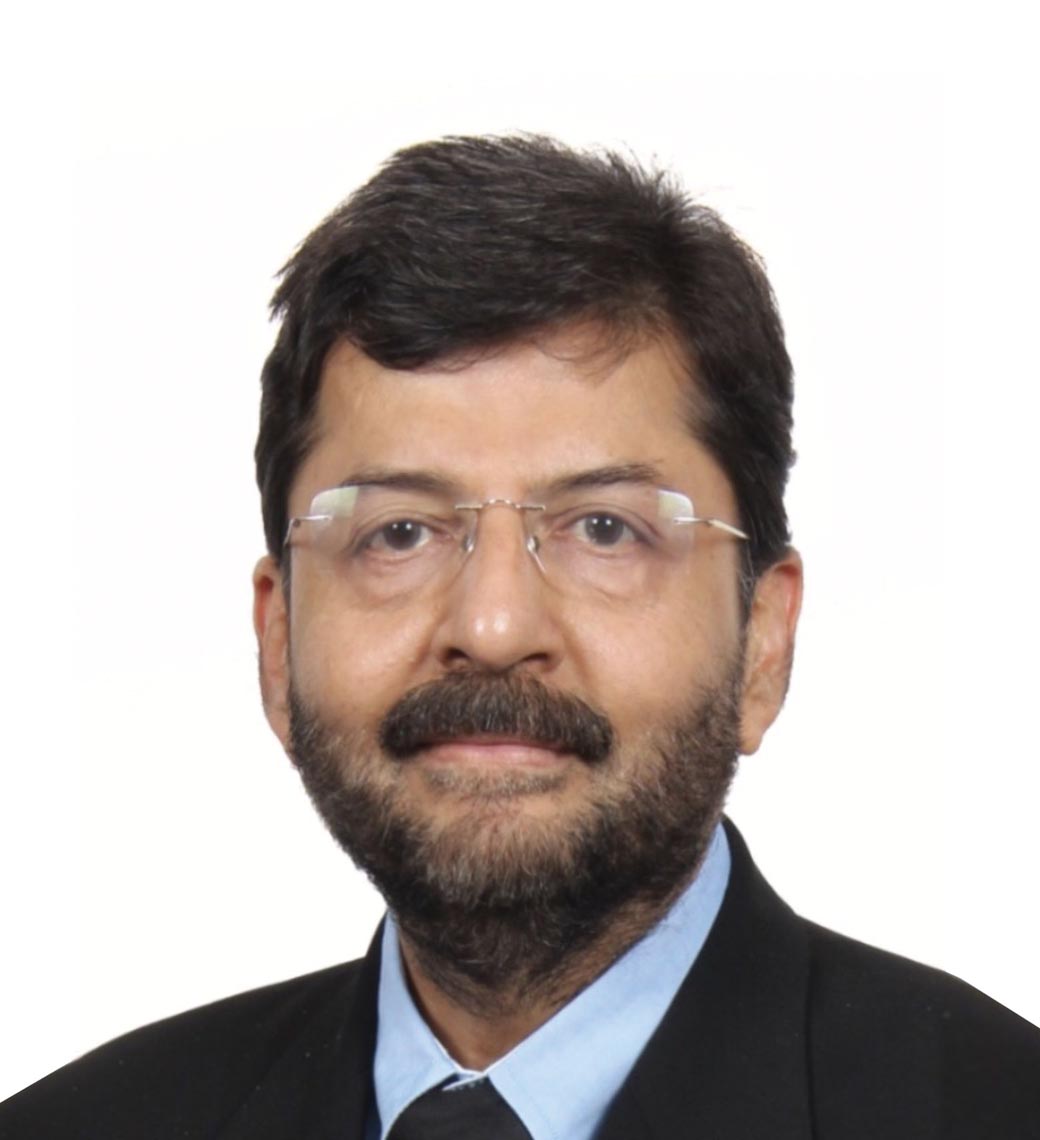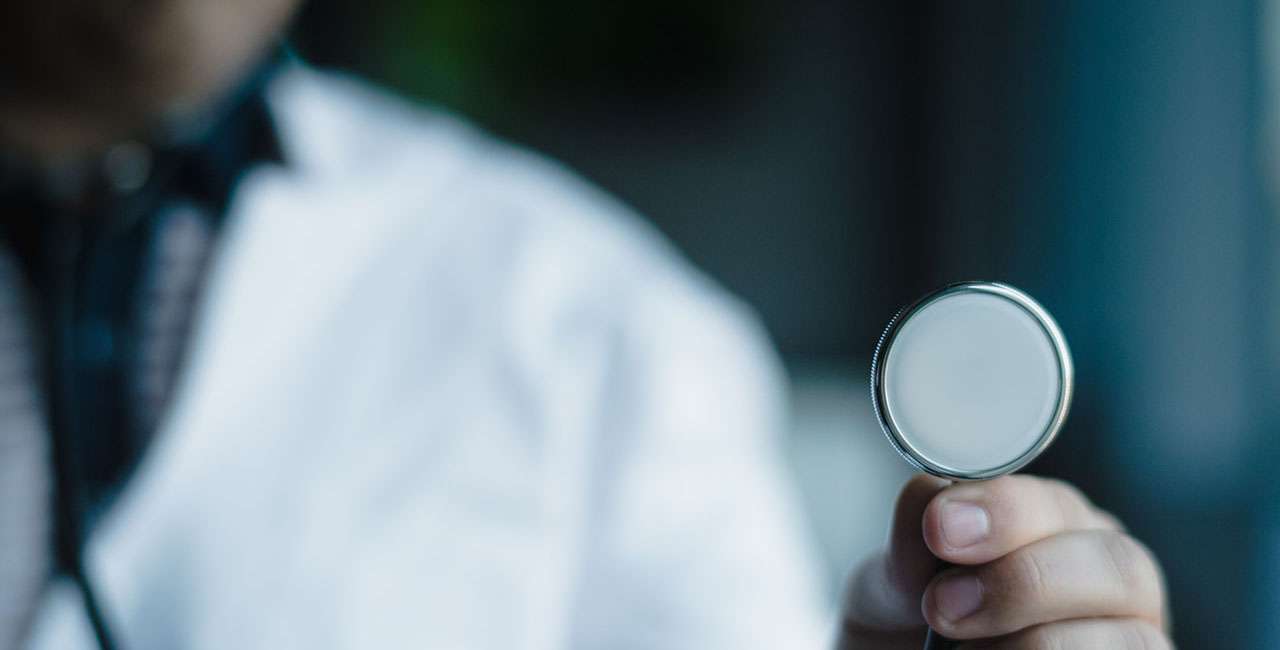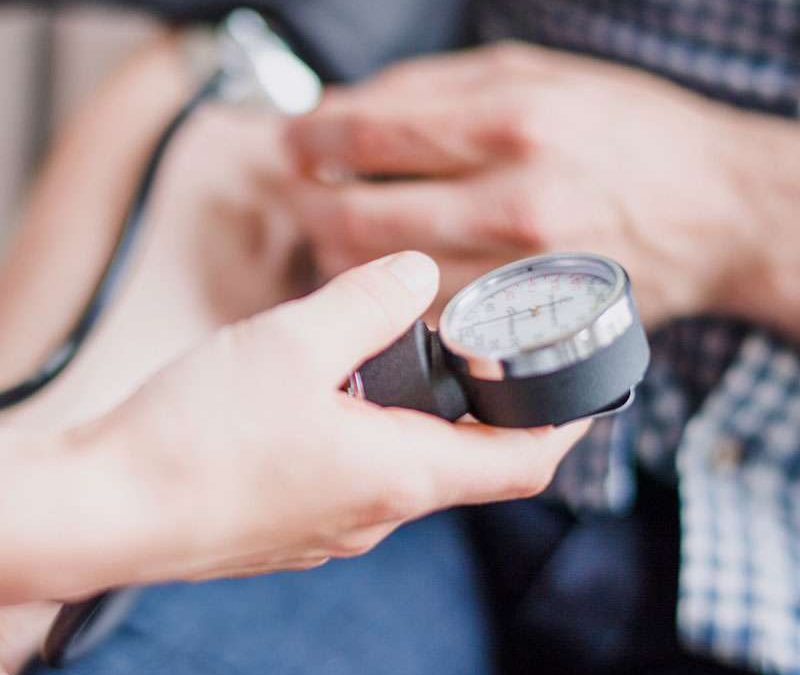Heart Attack
A heart attack, also known as a myocardial infarction, occurs when the blood supply to a part of the heart muscle is blocked, usually due to a blood clot. This blockage prevents oxygen-rich blood from reaching that area of the heart, leading to damage or death of the heart muscle cells.

The most common cause of a heart attack is a condition called coronary artery disease (CAD), where the coronary arteries that supply blood to the heart become narrowed or blocked due to a buildup of fatty deposits called plaque. Other causes may include a spasm of the coronary artery or a blood clot that forms elsewhere in the body and travels to the coronary arteries.
The process of a heart attack typically involves the following steps:
Coronary artery disease (CAD):
Coronary artery disease is a condition that happens when the blood vessels (like tiny tubes) that supply oxygen and nutrients to the heart become narrow or blocked. This is caused by a buildup of fatty deposits called plaques inside the blood vessels.
Think of these blood vessels like pipes that carry water to a garden hose. When the pipes get clogged with dirt or debris, the water can’t flow freely. Similarly, when the blood vessels get blocked by plaques, the blood can’t reach the heart properly.
When the heart doesn’t receive enough blood, it doesn’t get the oxygen and nutrients it needs to work properly. This can lead to problems like chest pain or a heart attack.
To keep the blood vessels healthy and prevent CAD, it’s important to eat healthy foods, regularly exercise, and avoid smoking. These habits help keep the blood vessels clean and clear, allowing the blood to flow freely and keeping the heart healthy.
Remember, coronary artery disease happens when the blood vessels that supply the heart become narrow or blocked due to fatty deposits. Taking care of our bodies by eating well, exercising, and avoiding unhealthy habits helps prevent this condition and keeps the heart strong.
Plaque rupture:
Plaque rupture happens when the fatty deposits inside the narrowed or blocked blood vessels suddenly break open or tear. It’s like when a balloon pops or a bubble bursts.
When the plaque ruptures, it causes a little cut or damage to the inside of the blood vessel. This cut triggers the body’s natural defense system, which tries to fix the damage.
As part of this defense mechanism, the body forms a clot. Think of a clot like a sticky patch that the body uses to cover the cut and stop any bleeding.
This blood clot can become big and block the blood vessel even more, making it harder for blood to flow through. It’s like a big wall or barrier that gets in the way of the blood.
When the blood flow is blocked, the heart muscle doesn’t get enough oxygen and nutrients, which can lead to pain or damage.
So, plaque rupture is when the fatty deposits in the blood vessels break open, causing the body to form a clot that blocks the blood flow. It’s like a sudden obstacle that stops the blood from reaching where it needs to go.
Blood clot formation:
When a plaque inside the blood vessel breaks open, the body’s natural defense system comes into action. It’s like when there’s a hole in a bucket, and you quickly try to fix it.
To fix the broken plaque, the body sends tiny cells called platelets to the site. Platelets are like little superheroes that help with healing.
When the platelets reach the broken plaque, they stick together like glue to form a clump. This clump is called a blood clot. Imagine it as a patch that the body puts on the broken area.
The blood clot can partially or completely block the blood vessel, just like a big rock blocking a water pipe. When the blood vessel is blocked, the blood can’t flow freely.
This blockage reduces or cuts off the blood flow to the heart muscles, which can be a problem. The heart needs a constant supply of blood to get the oxygen and nutrients it needs to work properly.
When the blood flow is reduced or cut off, it can cause chest pain, discomfort, or even damage to the heart muscles.
So, blood clot formation happens when the body tries to fix a broken plaque by forming a clump of platelets. This clump can block the blood vessel and affect the flow of blood to the heart.
Ischemia:
Ischemia happens when a part of the heart muscle doesn’t get enough oxygen-rich blood because the blood vessel that carries the blood is blocked or narrowed.
Think of the heart muscle like a machine that needs fuel to work. The fuel it needs is oxygen-rich blood, which is like the energy drink for the heart.
But sometimes, the blood vessel that carries the fuel gets clogged, like a pipe getting blocked. When this happens, the fuel can’t reach the heart muscle properly.
When the heart muscle doesn’t get enough fuel, it can’t work as well as it should. It’s like when a car runs out of gas or the battery is low, and it starts to slow down or stop working.
This lack of fuel, or oxygen-rich blood, is called ischemia. It’s like the heart muscle is hungry for oxygen and can’t get enough to keep it healthy and strong.
When ischemia occurs, it can cause problems like chest pain or discomfort. It’s the heart’s way of telling us that something isn’t right and it needs more fuel.
If ischemia is not treated, it can lead to injury or even death of the heart muscle cells. That’s why it’s important to take care of our hearts by eating healthy, exercising, and seeking medical help if we have any symptoms or concerns.
Infarction:
Infarction happens when a part of the heart muscle doesn’t get enough oxygen-rich blood for a long time, and as a result, that part of the muscle starts to die.
Think of the heart muscle like a living organism made up of many tiny cells. These cells need oxygen and nutrients to stay alive and do their job, just like we need food to survive.
But if a blood vessel that supplies oxygen and nutrients to the heart muscle gets completely blocked and the blood flow isn’t restored quickly, the cells in that area don’t get the oxygen and nutrients they need to survive.
When the cells don’t receive enough oxygen and nutrients, they start to become sick and eventually die. It’s like a plant not getting water for a long time and withering away.
This process of cell death in a particular part of the heart muscle is called infarction. It’s like a small portion of the heart muscle experiencing a serious problem and not being able to work anymore.
When infarction happens, it can cause a heart attack. The heart can’t function properly, and it can lead to symptoms like chest pain, shortness of breath, or discomfort.
Consequences:
The severity and extent of the heart attack depend on factors such as the location of the blockage, the size of the affected area, and the duration of the blockage. Complications can include irregular heart rhythms, heart failure, and damage to the heart’s pumping function.
Some common consequences of a heart attack include:
Irregular heart rhythms: The heart may start beating in an irregular or abnormal way. It’s like the heart’s rhythm gets offbeat, just like a song that doesn’t play in the right rhythm.
Heart failure: The heart may have difficulty pumping blood effectively. It’s like a pump that doesn’t work properly, and the water doesn’t flow as it should.
Damage to the heart’s pumping function: The heart may become weaker and have trouble pumping blood efficiently. It’s like an engine that loses power and can’t run smoothly.
Heart Attacks in India:-
According to the Indian Heart Health Association, men under the age of 50 account for 50% of all heart attacks in India, while men under the age of 40 account for 25%. Men are slightly more prone to cardiovascular problems than women are.
According to a WHO research, India is responsible for roughly 1/5 of the 17.9 million heart attack fatalities worldwide!
The study added that a total of 62% of the individuals in their close network who were suffering from such serious diseases had received two doses of vaccination; 11% had only received one dose, and 8% had not.
It’s interesting to note that while 28% of respondents claimed their contacts with such severe problems did not have Covid, 61% of those in their immediate network who had such conditions had experienced Covid once or more.
Factors which causes heart attack in India:-
Unhealthy lifestyles: Not exercising enough and eating unhealthy foods can increase the risk of heart attacks. Foods high in unhealthy fats, salt, and sugar, along with not eating enough fruits, vegetables, and whole grains, can lead to heart problems.
Tobacco use: Smoking and using tobacco products increase the chances of having a heart attack. Smoking harms the blood vessels, raises blood pressure, lowers the good cholesterol, and promotes blood clot formation, all of which contribute to heart disease.
High prevalence of risk factors: Conditions like high blood pressure, diabetes, and obesity are common in India and make people more prone to heart attacks. Poor management of diabetes and high blood pressure can lead to heart complications.
Genetic predisposition: Some people may have genetic factors that make them more vulnerable to heart attacks. These genetic differences can affect how the body handles cholesterol, blood clotting, and other processes related to heart health.
Air pollution: India faces significant air pollution issues, especially in cities. Being exposed to polluted air, including fine particles and toxic gases, can increase the risk of heart disease, including heart attacks.
Socioeconomic factors: Differences in income and access to healthcare can affect the risk of heart attacks. Limited access to healthcare, lower education levels, poverty, and inadequate healthcare facilities can delay diagnosis and treatment, leading to worse outcomes.
Stress and psychosocial factors: High levels of stress, pressure at work, and other mental and emotional factors can contribute to the risk of heart attacks. Stress can lead to unhealthy behaviors like overeating, smoking, and not exercising, all of which harm the heart.
Urbanization and changing lifestyles: As cities grow and people adopt modern lifestyles, there is a shift towards processed foods, sedentary jobs, and less physical activity. These changes increase the risk of heart disease.
Treatments for heart attack:-
1.Medications:
Aspirin: Chewing an aspirin or taking it with water can help reduce blood clot formation.(Aspirin is a common medication that is widely used for various purposes.)
Thrombolytics: These clot-busting medications can be given intravenously to dissolve the blood clot and restore blood flow.(Thrombolytics are medications that are used to break down blood clots in the body.)
Antiplatelet and anticoagulant medications: These medications help prevent further blood clot formation and reduce the risk of additional blockages.(Antiplatelet and anticoagulant medications are commonly used to prevent blood clots from forming or to reduce the risk of existing blood clots getting larger.)
Nitroglycerin: It can be administered to relieve chest pain by relaxing and widening the blood vessels.(Nitroglycerin is a medication commonly used to treat certain heart conditions, particularly chest pain known as angina[chest pain])
2.Percutaneous Coronary Intervention (PCI):
(PCI) is a medical procedure commonly performed to treat blocked or narrowed coronary arteries, which are blood vessels that supply the heart muscle with oxygen and nutrients. )
Angioplasty: A thin tube (catheter) with a deflated balloon is inserted into the blocked coronary artery. The balloon is then inflated to widen the artery and restore blood flow. (Angioplasty is a medical procedure used to widen narrowed or blocked blood vessels.)
Stent placement: A small mesh tube called a stent is often placed during angioplasty. The stent helps keep the artery open and improves blood flow.(Stent placement is a medical procedure where a small tube-like device called a stent is inserted into a narrowed or blocked blood vessel to help keep it open.)
3.Coronary Artery Bypass Grafting (CABG):
In cases where multiple coronary arteries are blocked, bypass surgery may be performed. A healthy blood vessel, usually taken from the leg or chest, is used to create a detour (bypass) around the blocked arteries, restoring blood flow to the heart.(Coronary Artery Bypass Grafting (CABG), in simple terms, is a surgical procedure used to improve blood flow to the heart muscle by creating new pathways for blood to bypass blocked or narrowed coronary arteries)
4.Cardiac Rehabilitation:
After a heart attack, participation in a cardiac rehabilitation program is recommended. This program combines supervised exercise, education on heart-healthy habits, counseling, and support to aid recovery and reduce the risk of future heart problems.(Cardiac rehabilitation, in simple terms, is a structured program designed to help individuals recover and improve their heart health after a heart-related event or procedure.)
Examples of Indian celebrities or public figures who have had heart attacks:
Dilip Kumar: The legendary Bollywood actor Dilip Kumar, also known as the “Tragedy King,” suffered a heart attack in 2013. He was admitted to the hospital and received medical treatment for his condition.
Manohar Parrikar: Manohar Parrikar, an Indian politician and former Chief Minister of Goa, experienced a heart attack in 2018. He was hospitalized and underwent medical interventions for his heart condition.
Arun Jaitley: Arun Jaitley, a prominent Indian politician and former Finance Minister, had a heart attack in 2019. He was admitted to the hospital and received medical care, but unfortunately, he passed away a few months later due to multiple health complications.
Rajesh Khanna: Rajesh Khanna, a renowned Bollywood actor and considered the first superstar of Indian cinema, suffered a heart attack in 2012. He was hospitalized and received medical attention for his condition.
When Indian celebrities or public figures experience a heart attack, they typically receive immediate medical attention from a team of healthcare professionals, including heart specialists or cardiologists. The exact care and treatment provided may vary based on the severity of the heart attack and individual patient needs. Here’s an overview of how Indian celebrities or public figures may be taken care of by heart specialists during a heart attack.
Emergency medical response: If a heart attack occurs, immediate medical assistance is summoned. Ambulance services are often activated to transport the individual to the nearest hospital or a specialized cardiac center equipped to handle emergency cardiac cases.
Diagnosis and assessment: Upon arrival at the hospital, the celebrity will undergo a series of diagnostic tests and assessments. These may include an electrocardiogram (ECG) to measure the heart’s electrical activity, blood tests to evaluate cardiac enzymes and bio markers, and imaging tests like echocardiography or angiography to assess the extent of damage and identify blockages in the coronary arteries.
Immediate interventions: Depending on the severity of the heart attack, interventions may be required to restore blood flow to the affected part of the heart. This can be done through procedures such as percutaneous coronary intervention (PCI), which includes angioplasty and stent placement, or in more severe cases, coronary artery bypass grafting (CABG) surgery.
Medications: Heart specialists will prescribe appropriate medications to manage the heart attack and reduce the risk of complications. These may include antiplatelet drugs, anticoagulants, beta-blockers, statins, and medications to control blood pressure and relieve symptoms.
Post-acute care and cardiac rehabilitation: After the acute phase of the heart attack, the celebrity will receive post-acute care, which may involve staying in the hospital or transitioning to a specialized cardiac care unit. Cardiac rehabilitation programs are often recommended, which include supervised exercise, lifestyle counseling, and education to support recovery and reduce the risk of future cardiac events.
It’s important to note that the care provided to celebrities or public figures may be enhanced due to their status, access to resources, and the presence of dedicated medical teams. Special arrangements can be made to ensure privacy, security, and personalized care. However, the overall treatment approach is based on established medical protocols and best practices for managing heart attacks.
Symptoms of heart attack:-
Chest pain or discomfort: This is the most common symptom of a heart attack. The pain is often described as a feeling of pressure, tightness, squeezing, or heaviness in the chest. It may last for a few minutes or come and go.
Upper body pain: Pain or discomfort may be felt in other areas of the upper body, including the arms (often the left arm but can also affect the right arm), jaw, neck, back, or stomach. This pain can radiate from the chest and may be accompanied by chest discomfort.
Shortness of breath: Feeling breathless or having difficulty catching your breath is another common symptom. It may occur with or without chest pain.
Sweating: Sudden and unexplained sweating, often described as a cold sweat or clammy skin, can be a symptom of a heart attack.
Nausea and vomiting: Some individuals may experience feelings of nausea, and in some cases, vomiting may occur. These symptoms can be accompanied by chest pain or other discomfort.
Light-headedness or dizziness: Feeling lightheaded or dizzy, as if you might faint, can be a symptom of a heart attack. It may occur alongside other symptoms or on its own.
Fatigue: Unusual fatigue or extreme tiredness can be a warning sign of a heart attack, especially among women.
It’s important to note that some individuals, particularly women, older adults, and people with diabetes, may experience atypical symptoms or have milder symptoms during a heart attack. These atypical symptoms may include indigestion, heartburn, mild chest discomfort, fatigue, weakness, or a general feeling of being unwell.
Precautions for heart attack:-
Healthy diet: Eat a balanced diet rich in fruits, vegetables, whole grains, lean proteins, and healthy fats. Limit your intake of processed foods, saturated fats, trans fats, cholesterol, and sodium.
Regular exercise: Engage in regular physical activity for at least 150 minutes per week. Choose activities you enjoy, such as brisk walking, jogging, swimming, or cycling.
Don’t smoke or use tobacco: Smoking damages blood vessels and increases the risk of heart disease. If you smoke, quit. Avoid exposure to secondhand smoke as well.
Maintain a healthy weight: Aim for a healthy body weight and body mass index (BMI). If you are overweight or obese, losing weight through a combination of healthy eating and regular exercise can significantly reduce your risk.
Control blood pressure: Monitor your blood pressure regularly. Follow a healthy diet, limit sodium intake, regularly exercise, and take prescribed medications as directed to manage high blood pressure.
Manage cholesterol levels: Monitor your cholesterol levels, especially LDL (bad) cholesterol. Limit saturated fats and dietary cholesterol in your diet. If needed, your healthcare provider may prescribe cholesterol-lowering medications.
Control diabetes: If you have diabetes, work with your healthcare provider to manage your blood sugar levels effectively through medication, diet, regular physical activity, and regular monitoring.
Manage stress: Find healthy ways to cope with stress, such as exercise, relaxation techniques, mindfulness, hobbies, or talking to loved ones. Chronic stress can contribute to heart disease.
Limit alcohol consumption: If you drink alcohol, do so in moderation. Men should limit alcohol to two standard drinks per day, while women should limit it to one standard drink per day.
Regular check-ups: Visit your healthcare provider for regular check-ups. They can monitor your overall health, assess your risk factors, and provide appropriate guidance and treatment.



